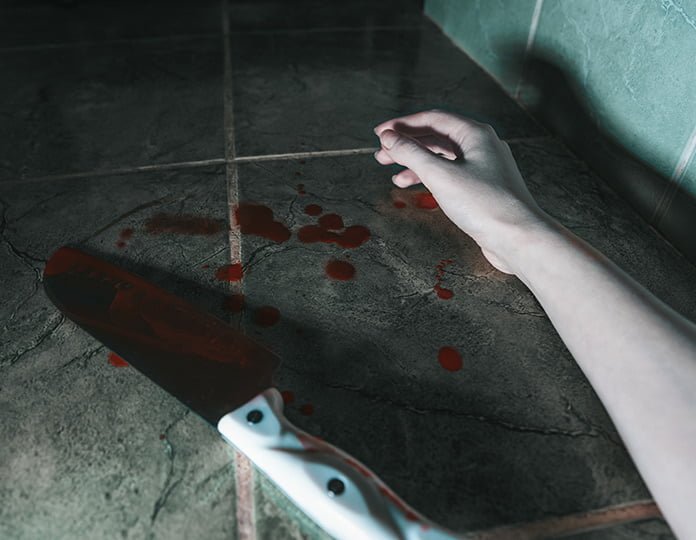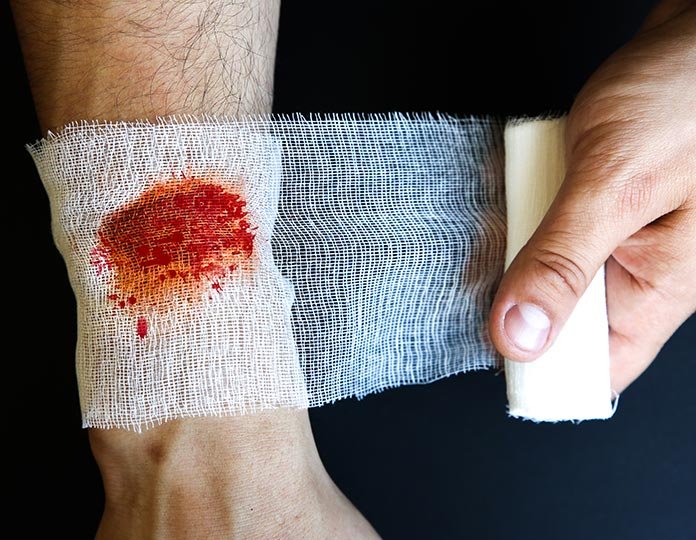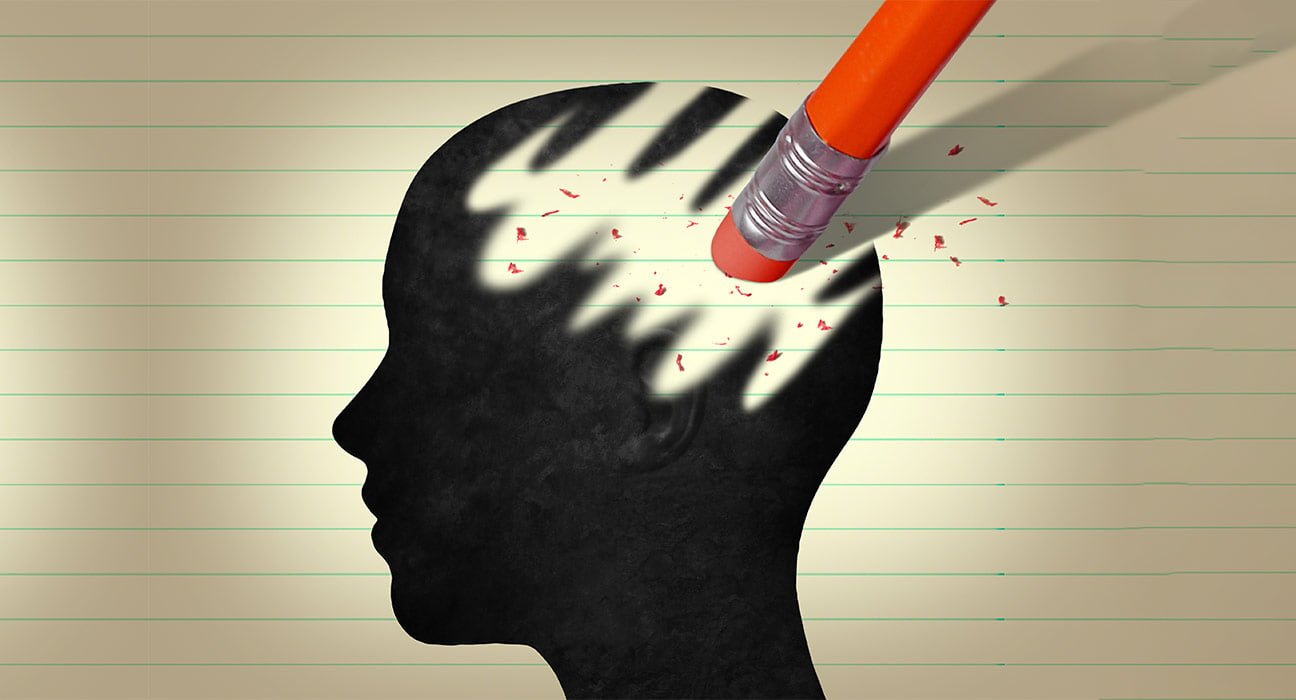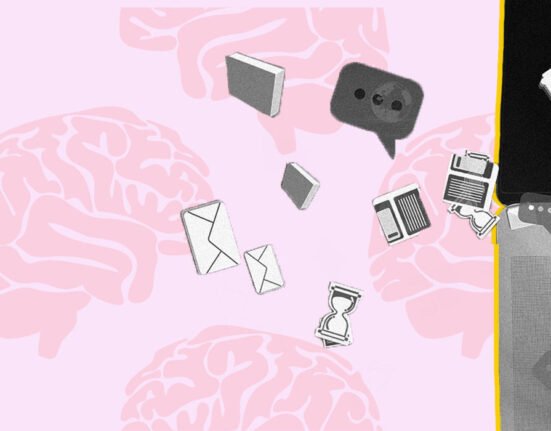People have misunderstood and greatly stigmatised mental illnesses for a very long time. People have had mental health issues for long but awareness about the same has always been very superficial. In the beginning, it was the lack of recognition of the symptoms, and then the notion that it’s not normal. This led to people keeping their mental health issues to themselves. They never speak openly about it resulting in its stigmatization with non-scientific explanations.
Many people are afraid to declare they have mental problems because they believe doing so is a show of weakness. People frown upon and mock mental disorders, making the sufferer feel like a culprit. However, our constant effort has brought us a long way toward understanding psychology and mental health. Since the Freudian era, where elucidations were used to explain a certain behavior that was a part of the disorders labeled way after his time.
Now, as mankind is increasingly becoming acquainted with various issues, we have created safe spaces outside of therapy. Where people can admit to having mental health concerns and openly seek help. During the present times, the variety and quality of help available have seen a soar. Even though it still falls short of the requirement. But what is more concerning is that we have moved towards romanticizing the idea of it.
On Tumblr, I came across a drawing of a girl with a high Ariana Grande hair sitting with her legs crossed and a blade by her arm, shown in a serene silhouette. The bottom of the post had the phrase “Why did you cut?” scrawled on it. Because it is the only pain I could control’, which immediately instigated a sense of discomfort.

It almost seemed like the person had valid reasons for her actions. Along with somehow, effectively handled what was happening to her, emphasizing that it’s the only option available. To be precise, people who go for it usually have blurred vision, clouded with pessimistic thoughts. It’s usually an impulsive move and not a calm and peaceful one. Mental disorders are difficult, chaotic, ugly, and ruin many aspects of life if left untreated, unanswered, and stigmatized.
The portrayal of a beautiful silhouette overlooking a window taking a blade and cutting herself/himself as if it’s a shower of rose petals or a peaceful experience is a wrong illustration. People with mental disorders such as depression, anxiety, bipolar affective disorder and more don’t have the energy to even take a bath every day or get out of bed. They struggle to take food down their throat and barely have any positive thoughts. Their basic functionality gets disturbed. Anxiety causes literal pain and there’s nothing glamorous about that. They are not just sad and lonely; they suffer and that is something that cannot be glorified with charming graphics.
Moreover, there are many instances of these poetic posts on social media explicitly and implicitly telling their audience that someone who is sad and in emotional pain is “tragically beautiful”. The tragedy isn’t beautiful. That’s what romanticizing mental disorders does to our perception, it stigmatizes it even more. It gives a false impression to people, of the already misunderstood conditions and causes more harm to those who suffer from it. There’s a very famous quote,
“Those who have suffered pain have gained wisdom”. Now, as much as we can agree that pain teaches a lot of things. However, is it a definite and the only source of acquiring ‘wisdom’? The answer is ‘No’. People often misinterpret quotations like these and, in a figurative sense, believe that wisdom requires suffering. People, mostly subconsciously, make no effort to process their emotions or give in to change and growth. This is because they start to let the pain and misery define them as human beings, and that is, somehow, perceived to be beautiful. It creates what Seligman calls ‘learned helplessness’. It is a state of mind that gives rise to a belief that one is unable to control or change a distressing situation. Hence they do not even try, even when opportunities knock at their door.
Romanticizing mental disorders isn’t just limited to social media. The concept of romanticizing mental illnesses as a fashion statement is becoming more and more commonplace in films, TV shows, novels, advertising, and news articles. As harmful as it is for the field of Psychology and the general population. It’s more harmful to teenagers and young adults. As they are in an extremely impressionable age and are already struggling to attain developmental growth. While choosing conformity or independence for themselves. They are vulnerable. As earlier said, if a teenager reads a Tumblr post and thinks that everything they are going through is awful yet beautiful. It will only serve to promote the idea that using a blade on oneself is a common response to grief. But it is a trap that the vulnerable falls into.
If something that’s potentially harmful is made to look so appealing, it encourages similar behaviors. Even people who aren’t experiencing any distress could start imitating this problematic behavior to look “cool” in front of peers. It also leads viewers to believe that mental illness is who they are as a person, making therapy sound like a sham. Being in depression, anxiety, or facing any mental issues does not give anyone a personality. It’s something they are going through. There isn’t a “depressed person”. There is always a person who “suffers from depression” and this dividing line needs to be more stringent and clear.

The romanticising of these disorders makes those lines blurry resulting in significant danger. As per researches suicide and self-harm are highly influential. Numerous research have supported this. The media’s presentation of such news, particularly when it is overblown and excessively sensationalised, is the main factor contributing to an increase in suicide and self-harming behaviors. The cardinal point here is that we need to strike a balance.
We need to break the stigma and have open and informed conversations about mental health. But we also need to be mindful that we don’t glamorize it and the first step towards it is rejecting the harmful notion that pain and tragedy are beautiful. They are unpleasant and nasty. We should try to create an awareness that being a sad person, sitting in a corner, all alone and crying looking outside at the rain is not a representation of being “cool”, the person might be suffering from something very intense. Never talking and keeping it to oneself does not add to a mysteriously beautiful persona. It is a sign that the person might be facing mental health concerns.
The romanticising of mental disorders most often happens subconsciously. It is responsible for our fundamental need to give everything a significance. When we read a poem with extraordinary rhymes and a blend of words forming beautifully delicate sentences, and songs where the melody is so blue that it weirdly starts to feel real and comforting, we start to idealize the concept. Since we do so without even realizing it, we need to be extra mindful of when it needs to stop. These art forms are beautiful and there’s no denying that but what they are not, is a source to rely on for information regarding mental health.
The fact that mental health is increasingly being talked about now is due to decades of study to understand psychological concerns and creating awareness regarding the same on a large scale. An increasing number of people have begun going for therapy and openly admitting the same. However, romanticizing of it is as wrong as the stigmatization of it. In order to achieve a milestone in mental health, small steps need to be taken. The school curriculum should include mental health awareness, while there should be workshops for teenagers and adults to make them realize the gravity of the situation we are in.
We also need to make sure people understand that art pieces such as social media posts, poems, and songs, among other forms, are not a valid source of information about mental conditions. To understand this, they need to reach out to a professional to get help or clarify doubts about mental health in general. We have been ignorant of mental health for an extensive amount of time but we need to remind ourselves that the opposite of ignorance isn’t romanticism. The opposite of Ignorance is ‘Erudition’.













Leave feedback about this